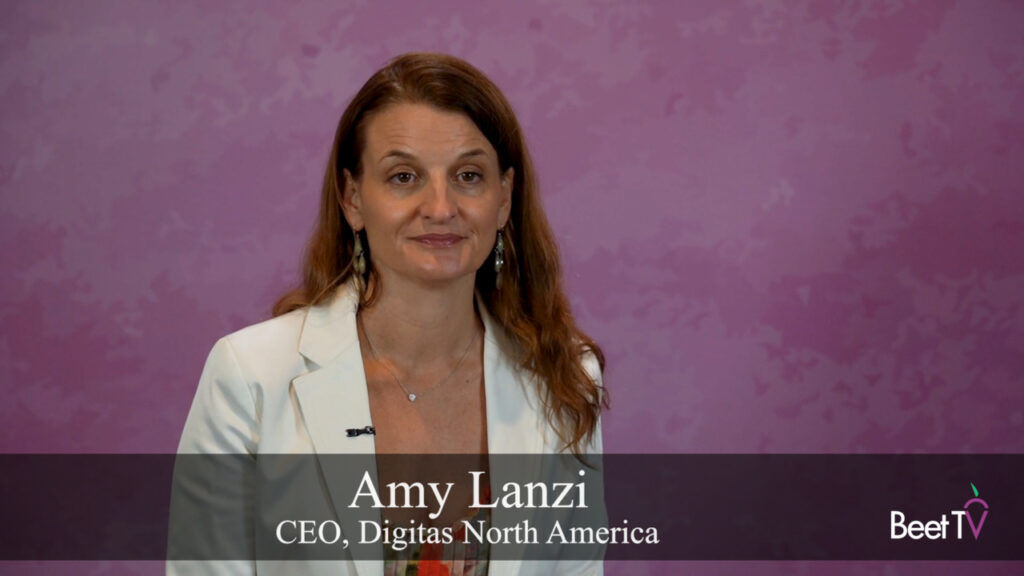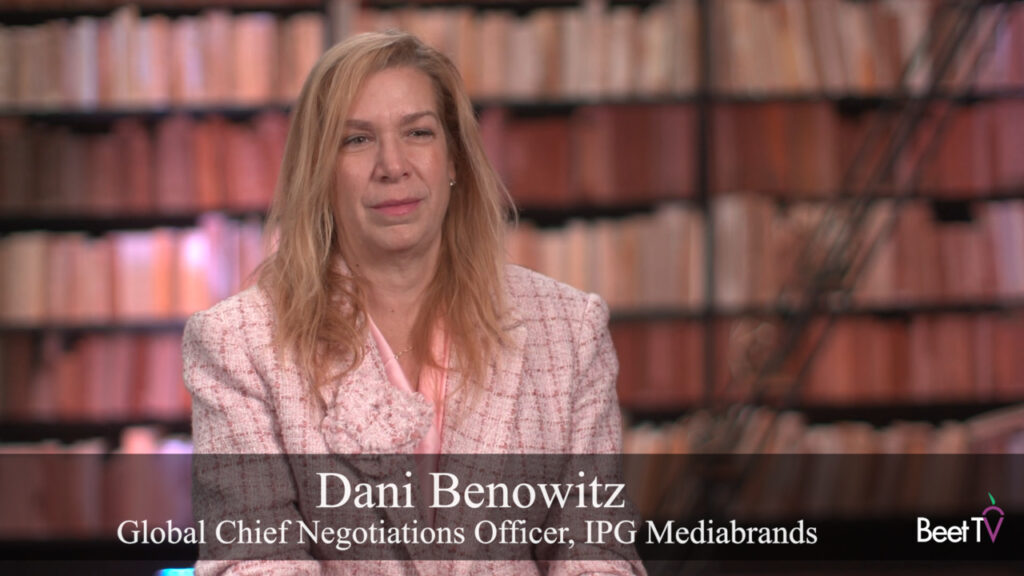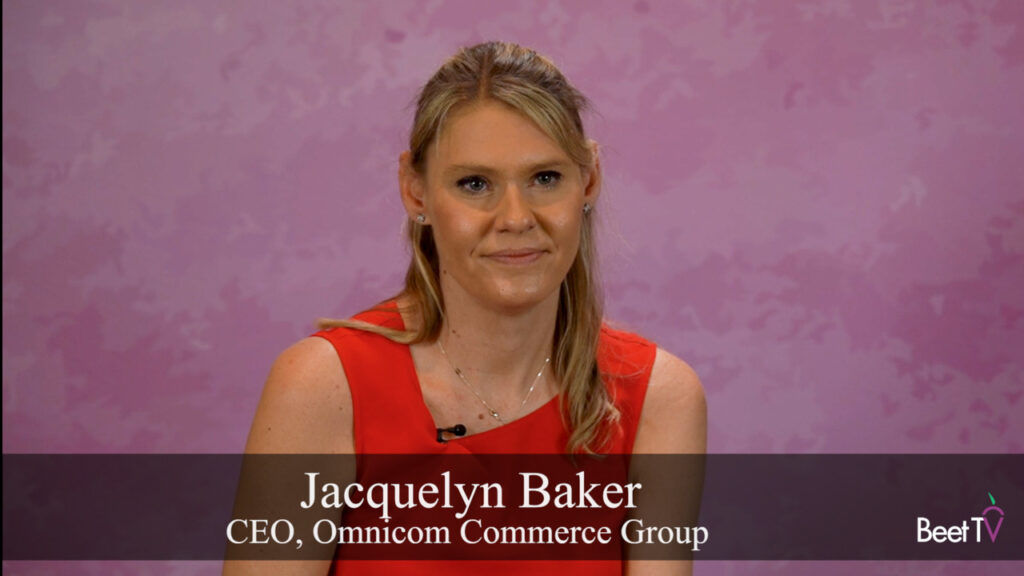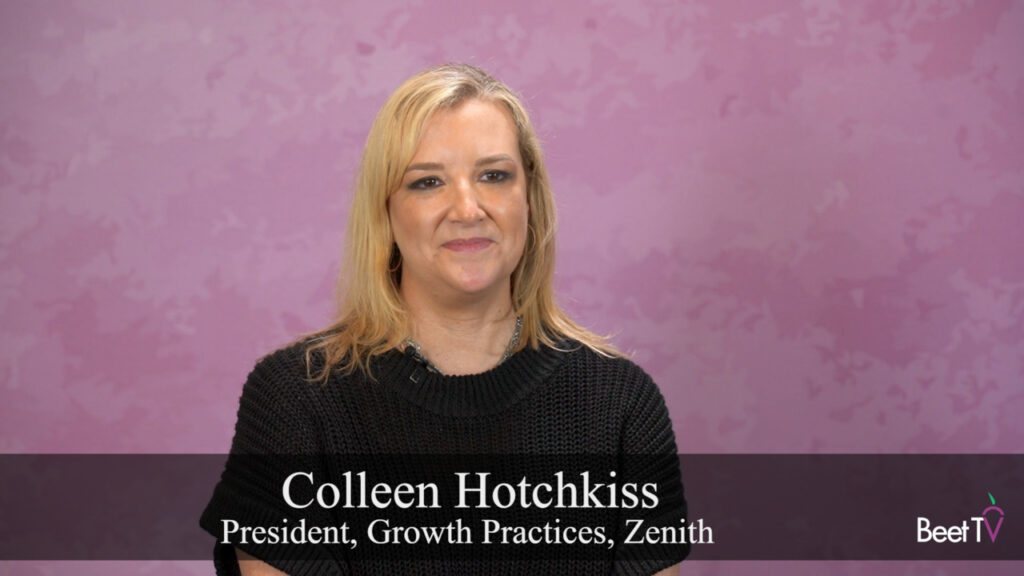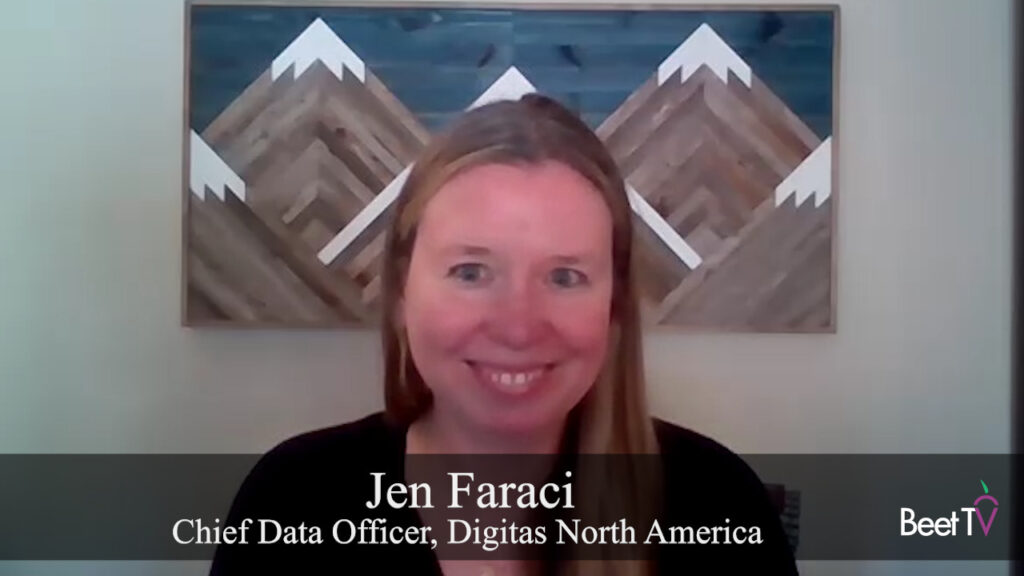Photobucket’s mid-April site relaunch aims to provide users with a single hub for all their photos and videos — in their original size, says David Toner, VP of marketing for Photobucket. Once photos are uploaded to the site, users can share, edit and post their photos to any website.
The 10-year-old site — one of the very first image hosting sites — is still one of the top two players in the photo storage space and is currently up to 21 million uniques.
“It’s important to us, and it’s important to consumers to be available across every device, whether that’s your PC where a majority of photos or videos are still trapped, as we like to say, because people have loaded them there from cameras, loaded them there from phones. But it’s not really a place where you want to manage your photos,” Toner says.
Currently, around 35 percent of photos come from smartphones. An auto-uploader for smartphones allows users to seamlessly upload photos to the Photobucket cloud. A new tablet uploader app is in development.
Unlike many social sites and other photo storage sites, Photobucket does not compress users’ images and uses a tiered subscription model to maintain that feature.
Beet.TV spoke with Toner in this video interview in our New York office.






